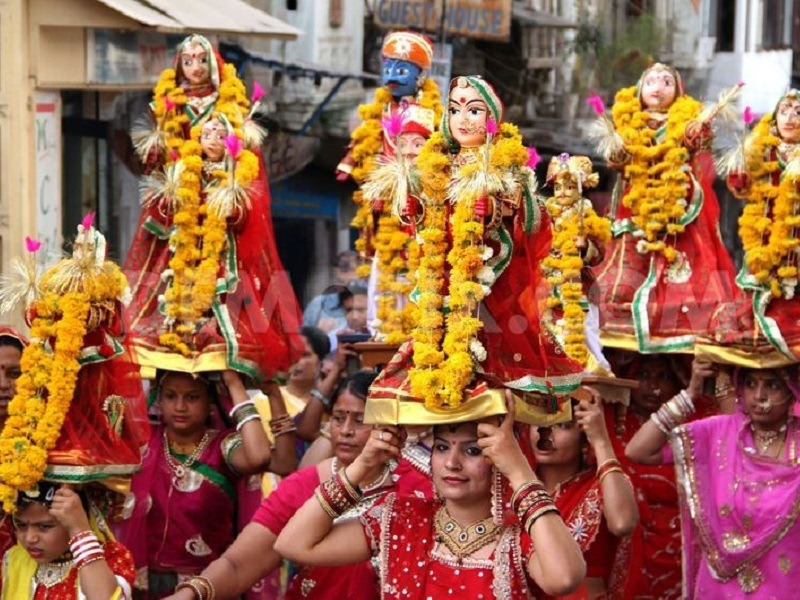Raksha Bandhan, a festival celebrated across India, holds a special place in our hearts. Beyond its modern-day practice of sisters tying a thread around their brothers' wrists, the festival is steeped in history and myths that underscore the themes of courage, protection, unity, and love. Join us on a journey through time as we explore the captivating tales and untold stories that make Raksha Bandhan a festival unlike any other.
Segment 1: Raksha Bandhan's Significance
At the heart of Raksha Bandhan lies the profound bond between a brother and a sister, symbolized by a simple thread. This celebration, which is a testament to the unbreakable love and courage shared between siblings, is not just confined to family connections. It extends to stories of brave women who turned to unknown heroes for protection through the powerful symbol of the Rakhi.
.jpg)
Segment 2: Story of Alexander and Porus
The pages of history unfold a mesmerizing tale featuring Alexander the Great and the Hindu warrior king, Porus. Alexander's wife, in an act of bravery, ties a Rakhi on Porus' wrist, pleading for mercy for her husband. This gesture changes the course of history, as Porus, poised for battle, is moved by the symbol of trust, illustrating the power of the Rakhi beyond familial ties.
Segment 3: The Symbolism of Rakhi
Delving into the origins of Raksha Bandhan, we unearth a deeper meaning behind the festival. It transcends personal protection to become a symbol of harmony and unity, where every individual becomes a brother or sister, bound together as children of a shared motherland. The essence of "Vasudhaiva Kutumbakam" or "The World Is One Family" comes alive through this celebration.
Segment 4: Lord Vishnu and King Bali
The narrative takes a divine turn with the tale of Lord Vishnu and King Bali. When King Bali's power threatened the gods, Lord Vishnu's strategic intervention leads to an unexpected alliance. Through devotion and a sacred promise, Raksha Bandhan is born, as Goddess Lakshmi ties a Rakhi around Bali's wrist, forever binding their fates and marking the birth of the festival.
Segment 5: Bhavishya Purana's Legend
The Bhavishya Purana tells of a celestial conflict between gods and demons. Indra's wife ties a Raksha Sutra around his wrist, granting him protection and victory in a time of dire need. This legend exemplifies the Rakhi's power to safeguard against evil and adversity.
Segment 6: Krishna and Draupati's Connection
Mahabharata brings us the tale of Krishna and Draupati, where the Rakhi takes on a profound meaning. Draupati's intervention when Krishna is wounded by the Sudarshan chakra leads to a pact between them. Krishna vows to protect her, and in return, sisters tie Rakhis to brothers, cementing a bond of lifelong care.
Conclusion: Embracing the True Spirit
Raksha Bandhan isn't just a festival; it's a representation of service, sacrifice, courage, and unity. As we celebrate, we're reminded of the Hindu ethos of peace and well-being for all beings. This festival calls us to embrace the spirit of "Sarve Bhavantu Sukhinaḥ," ensuring happiness, health, and prosperity for every member of society.
In the end, Raksha Bandhan stands as a symbol of our heritage, a festival that connects us to our past and propels us into the future with love and unity. As we continue to honor this tradition, let's remember its significance and keep its essence alive in our hearts and actions.
Thank you for joining us on this enlightening journey through the tapestry of Raksha Bandhan's stories. Stay connected with us at Sanskriti Spectrum as we delve into the riches of our culture and heritage, celebrating the past, experiencing the present, and envisioning the beyond. Your engagement fuels our dedication to sharing these invaluable narratives. Until we meet again, let's cherish the beauty of Bharat's history and beyond.

.jpg)

.jpg)
.jpg)
.jpg)








































